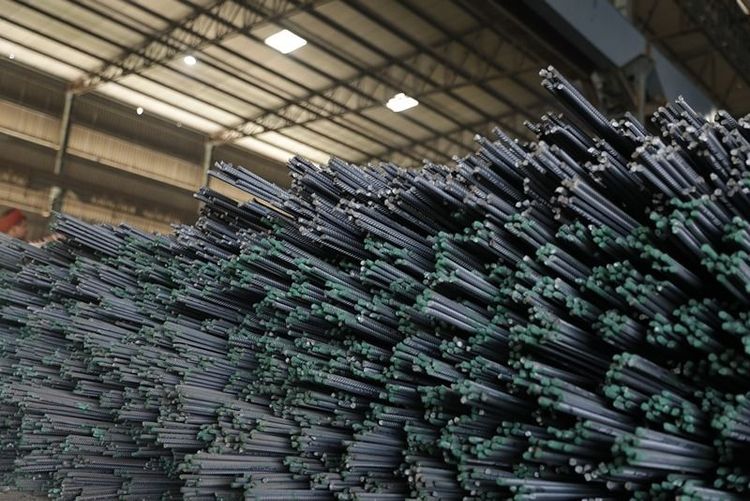Thermo-mechanically treated (TMT) bars have revolutionised the construction industry, offering high tensile strength, ductility, and durability. Central to their performance is their metallurgical composition, particularly the role of micro-alloying elements. Micro-alloying elements are added to steel in very small amounts—usually less than 0.1% of the composition. Common micro-alloying elements used in TMT bars include:
Vanadium (V)
Niobium (Nb)
Titanium (Ti)
Chromium (Cr)
Copper (Cu)
These elements interact with the steel matrix to enhance specific properties such as strength, ductility, and corrosion resistance.
Key impacts of micro-alloying elements
1. Enhanced tensile strength
Micro-alloying elements such as vanadium and niobium form fine precipitates during the cooling process. These precipitates refine the grain structure of the steel, improving its yield and tensile strength without significantly compromising ductility. Practical benefit: high-strength TMT bars, often graded as Fe 550D or Fe 600, enable builders to use fewer bars without compromising structural safety, reducing material costs for MSMEs.
2. Improved ductility
Titanium and vanadium help maintain a balance between strength and ductility. This is particularly critical for TMT bars, which must exhibit flexibility to absorb dynamic loads such as those caused by earthquakes or high winds. Practical benefit: high ductility ensures that TMT bars perform well in seismic zones, making them ideal for projects in earthquake-prone regions of India.






 +91 7208055523
+91 7208055523
 Help & support
Help & support
